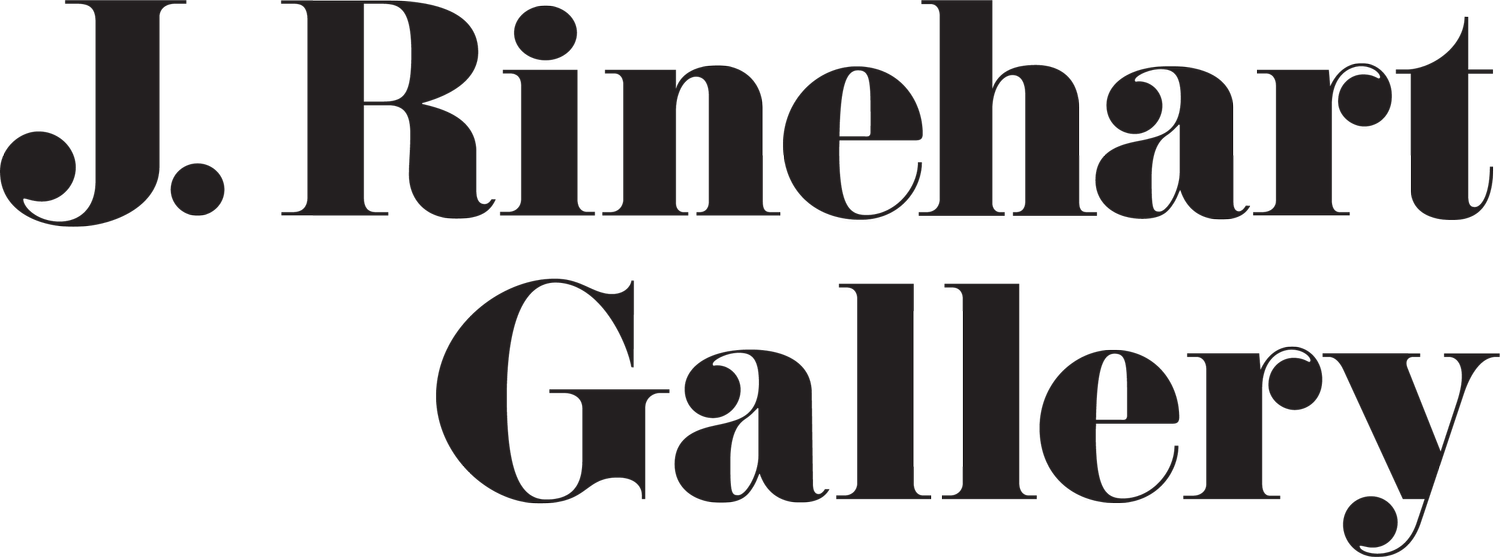AS ABOVE, SO BELOW
MAY 1 - 28, 2025
PUBLIC OPENING - FIRST THURSDAY, MAY 1, 2025, FROM 5-8PM
J. Rinehart Gallery is delighted to announce our exhibition, As Above, So Below, featuring painter, Lauren Boilini, and photographers Melinda Hurst Frye and Chris Jordan. These three remarkable artists explore the divine beauty found on earth and in humanity’s relationship to the natural world.
As Above, So Below will be on view online and in the gallery May 1 – 28, 2025. A Public Opening reception will be held on First Thursday, May 1, 2025, from 5-8pm.
While not an attempt to ignore the dark realities of contemporary culture, the work exhibited in As Above, So Below offers the viewer a lens in which to experience and understand the microcosm of human beings and the macrocosm of the greater universe. The artists work in this exhibition presents the truths of our natural world and the value in recognizing the intrinsic importance of so many disparate ecosystems (be it environment, plants, animals, or mineral) to our humanity. The work in this exhibition asks the viewer to consider these fundamental truths of human nature and the nature of the universe.
Lauren Boilini’s maximalist paintings explore ideas of excess, bringing together the battles forged among species in the animal kingdom, which echo our own human behavior. Her imagery of birds, insects, snakes and other animals are piled up in frenzied, often violent conflict, become so intertwined that the individuals become indistinguishable and fall completely into the realm of pattern.
Melinda Hurst Frye’s photographic practice celebrates the ecology of the understory within the forests of the Pacific Northwest. The artist digs deep into the earth to witness and capture visual evidence of the natural cycles of growth, decay, and regeneration through her unconventional photographic process. Her field work bridges the poetry of art with biological sciences and reveals the similarities of this undergrowth to the life cycles of humanity, and to the philosophical life cycle of the cosmos.
Chris Jordan’s haunting images capture subtle tonalities found in the sea and sky at the southernmost tip of Patagonia looking out over the Strait of Magellan. His time spent in this remote part of the world has turned his attention to a landscape that many people will never see first-hand but will feel the lasting effects of the changes to its ecology.
-
AS ABOVE, SO BELOW
Exhibition StatementAs Above, So Below brings together three remarkable artists exploring the divine beauty found on earth and in humanity’s relationship to the natural world. As we grapple with increased global industrialization and the rollback of environmental protections, the work of these artists reminds us of the exquisite and deep connections that humanity has to our environment.
While not an attempt to ignore the dark realities of contemporary culture, the work exhibited in As Above, So Below offers the viewer a lens in which to experience and understand the microcosm of human beings and the macrocosm of the greater universe. Philosophers in ancient Greece understood the universe as one great living being, and posited that the same laws, principles, and characteristics apply to all planes of existence
"As above, so below; harmony is the great law of nature.”
As Above, So Below presents the truths of our natural world and the value in recognizing the intrinsic importance of so many disparate ecosystems (be it environment, plants, animals, or mineral) to our humanity. The work in this exhibition asks the viewer to consider these fundamental truths of human nature and the nature of the universe.
ABOUT THE ARTISTS
Chris Jordan’s haunting images capture subtle tonalities found in the sea and sky at the southernmost tip of Patagonia looking out over the Strait of Magellan. His time spent in this remote part of the world has turned his attention to a landscape that many people will never see first-hand but will feel the lasting effects of the changes to its ecology. In describing his experience while creating this work, he states:
“The centering space of the horizon beckons the soul toward a widening perspective. Time stretches out, and inside the changing landscape, a stillness reveals itself. This experience doesn’t solve any of our problems, but in the increasing chaos of our world, I find that beauty does offer a container, a soft place like a nest, where the heart can pause, listen, and remember.”
Melinda Hurst Frye’s photographic practice celebrates the ecology of the understory within the forests of the Pacific Northwest. The artists digs deep into the earth to witness and capture visual evidence of the natural cycles of growth, decay, and regeneration through her unconventional photographic process. Her field work bridges the poetry of art with biological sciences and reveals the similarities of this undergrowth to the life cycles of humanity, and to the philosophical life cycle of the cosmos. Of her latest images she states:
Blavatsky, Helena P. (1877). Isis Unveiled: A Master-Key to the Mysteries of Ancient and Modern Science and Theology. Vol. 1–2. New York: J. W. Bouton.
“Their beginnings are silent as their threads move through the soil beneath the surface. The cycle calls for a union with time, nearby roots, and the decay of the forest floor. As their fruits emerge, they will exhale their spores into the air to perform the process once more. Quiet Fruit is an evolving and growing body of work about fungi, spores and regeneration.”
Lauren Boilini’s maximalist paintings explore ideas of excess, brining together the battles forged among species in the animal kingdom, which echo our own human behavior. Her imagery of birds, insects, snakes and other animals are piled up in frenzied, often violent conflict, become so intertwined that the individuals become indistinguishable and fall completely into the realm of pattern. In discussing how she develops her work, she states:
“I continuously seek and study epic narratives, creating my own for each work. I am fascinated with crowds of beings converging in one space at one time. This includes religious practices, festivals, political gatherings, orgies, feeding frenzies, stampedes, riots, migrations, etc. The pattern and beauty that emerges from these chaotic scenes pulls me into the studio to recreate that same energy.”


